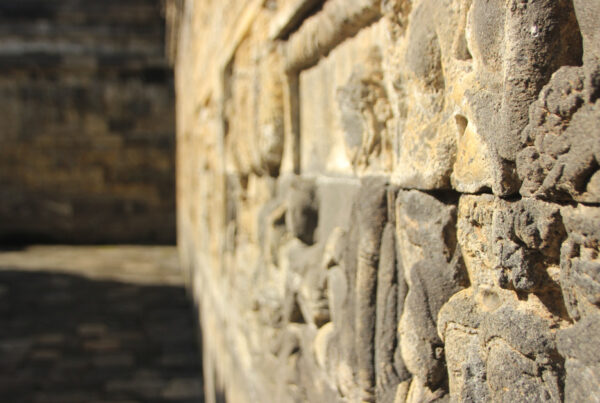Australia’s diverse cultures, stories, and landscapes are deeply connected to its cultural heritage. This heritage, including traditions from Torres Strait Islanders, Aboriginal customs, and European influences, shapes our identity and provides continuity.
Preserving this heritage involves more than protecting old buildings or artefacts. It is about connecting with our past, fostering community identity, and ensuring that future generations can appreciate our shared history. This article outlines cultural heritage management in Australia, detailing the relevant laws, challenges, and the essential role of archaeologists in safeguarding our past.
What is Cultural Heritage?
Cultural heritage includes the elements that define a group or place. It comprises tangible items like artefacts and buildings, as well as intangible aspects such as stories, songs, and traditions. This intangible heritage reflects cultural practices and values passed down through generations.
The Importance of Cultural Heritage Management
Managing cultural heritage is vital for several reasons. It preserves history, supports communities, and contributes to the economy. Heritage sites attract visitors, create jobs, and generate income, while also fostering a sense of identity and belonging.
Important Cultural Heritage Laws in Australia
Preserving cultural heritage is a priority across Australia, with various laws governing its management. Each state and territory has its own regulations, making the legal landscape complex.
At the federal level, the Environment Protection and Biodiversity Conservation Act 1999 (EPBC Act) is a key piece of legislation. It protects places of national significance, including those with Aboriginal and Torres Strait Islander heritage.
The connection that Aboriginal and Torres Strait Islander peoples have with their land and waters is profound, and special laws are in place to protect their heritage.
State and Territory Laws About Cultural Heritage Management
Each state and territory in Australia has its own set of laws concerning cultural heritage. These laws often include heritage registers that list significant places and permit requirements for activities that could impact heritage sites, such as construction or excavation. Important legislation includes the New South Wales National Parks and Wildlife Act 1974 and Heritage Act 1977, the ACT’s Heritage Act 2000, Victoria’s Aboriginal Heritage Act 2006 and Heritage Act 2017, and Tasmania’s Aboriginal Heritage Act 1975 and Historic Cultural Heritage Act 1995.
It is essential to consult the specific laws applicable to your state or territory, as regulations can vary.
Key Legal Concepts to Know About Cultural Heritage
Understanding key terms is important in cultural heritage management. A heritage place refers to a site, building, or area with cultural value. Heritage significance denotes what makes it noteworthy. A heritage impact assessment is usually required before making changes to a heritage place to evaluate potential effects.
Aboriginal and Torres Strait Islander cultural heritage is unique, deeply connected to the land, and includes objects, places, and traditional knowledge. Respecting and protecting this heritage is crucial, with relevant communities playing a significant role in managing their cultural legacy.
Challenges in Cultural Heritage Management
Protecting cultural heritage faces several challenges. Development pressures, such as new construction, can threaten heritage sites. Climate change, with rising sea levels and extreme weather, poses additional risks. Vandalism and theft also endanger cultural heritage.
The Role of Archaeologists in Cultural Heritage Management
Archaeologists play a critical role in cultural heritage management. They study ancient sites and artefacts to uncover and interpret our history. Their work involves identifying, protecting, and preserving important sites. Collaboration with communities is vital, as their insights and perspectives are crucial for effective heritage management.
Moving Forward
Australia’s cultural heritage connects us to the past and informs our future. Protecting it is a shared responsibility, and understanding the relevant laws is essential. To learn more about cultural heritage laws in your area, consult your local government or follow us for updates and insights.




